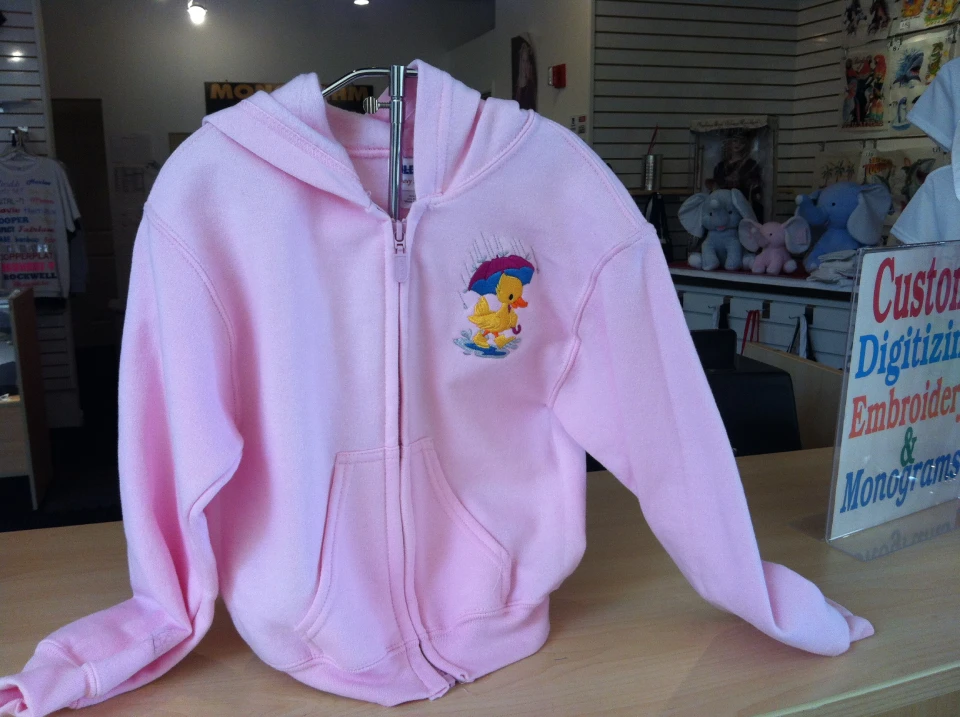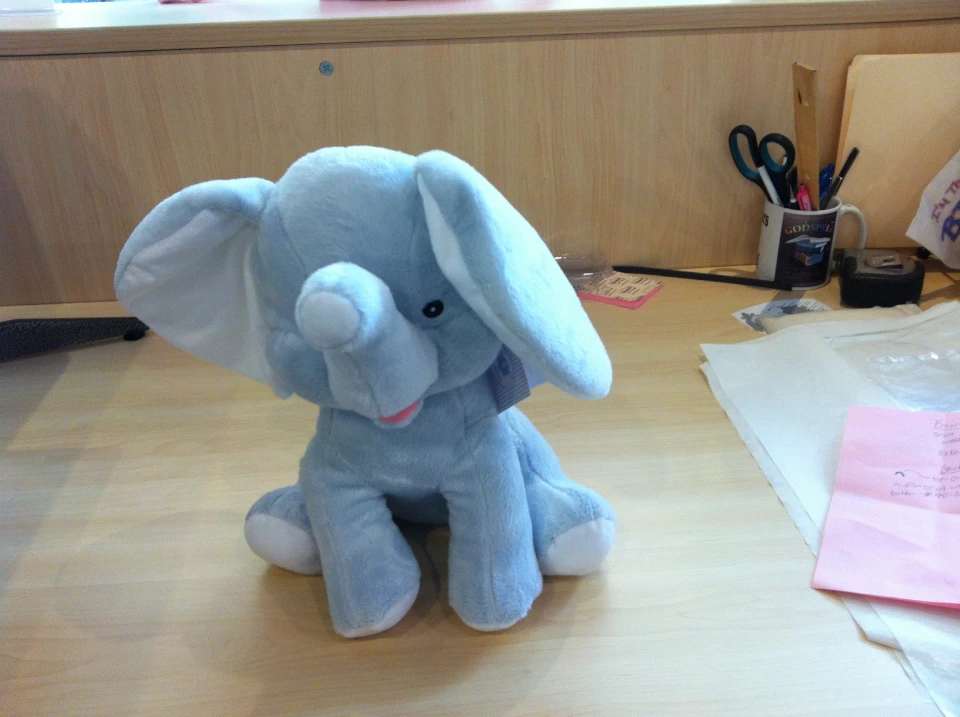The Art of Custom-made Needlework: Opening the Keys to Creating Unique and Remarkable Styles
Needlework, a craft soaked in practice and virtuosity, holds within its intricate stitches the power to change material right into a canvas of special expression. The keys to developing custom needlework layouts that captivate the eye and leave a lasting impression lie in a delicate balance of method, creative thinking, and focus to information. As we explore the globe of custom-made needlework, we discover the nuanced interaction between thread option, sew intricacy, and style personalization that raises a plain garment to a job of art. Join us on a trip with the art of custom-made embroidery as we decipher the secrets behind crafting genuinely extraordinary and unique creations.
Choosing the Right Embroidery Threads
When picking embroidery strings, what essential elements should you take into consideration to ensure the most effective outcomes for your customized styles? The option of needlework string is essential in establishing the final end result of your embroidered style. Among the primary considerations is the material of the string. Different materials such as cotton, polyester, rayon, and silk use differing levels of sheen, resilience, and structure. It is important to select a thread material that matches the textile you are embroidering on and aligns with the preferred appearance of the style.
Furthermore, the weight or thickness of the thread plays a considerable function in the appearance of the embroidery. Thicker threads can include dimension and texture to your design, while finer threads are perfect for intricate information and little text. Additionally, considering the color fastness and washability of the thread is vital to make sure that your custom-made styles preserve their quality and vibrancy in time. By very carefully examining these aspects and choosing top quality threads that fulfill your specific needs, you can improve the visual appeal and long life of your embroidered creations.
Discovering Different Stitch Techniques
To look into the world of 'Discovering Various Stitch Techniques', one have to comprehend the complexities and subtleties that each stitching method offers the art of embroidery. Various stitch techniques not just include visual interest however also add to the overall appearance and measurement of the design. One preferred stitch technique is the satin stitch, which entails closely stuffed parallel stitches to produce a smooth and shiny surface area, ideal for completing shapes and developing bold lays out.
On the other hand, the backstitch is a functional technique commonly used for detailing and adding great details. It includes sewing in reverse to create a strong line of embroidery. Furthermore, the French knot stitch includes a responsive element to designs, excellent for creating textured accents like flower facilities or attractive touches.
Discovering various stitch strategies allows embroiderers to play with light, shadow, and deepness within their layouts, raising the visual charm and creative top quality of their needlework projects. By understanding different sewing approaches, one can open endless possibilities for producing special and memorable customized embroidery pieces.
Incorporating Personalized Style Aspects
Having explored the intricacies of different stitch strategies such as the satin stitch, backstitch, and French knot, the emphasis now shifts in the direction of including customized layout components in custom-made embroidery tasks. Customized design aspects play an essential duty in making needlework projects absolutely distinct and remarkable.
One more means to integrate customized layout aspects is by consisting of signs or motifs that hold unique significance to the recipient or mirror their rate of interests and character. Incorporating a preferred flower, pet, or hobby-related sign can make the needlework design a lot more meaningful and individualized. In addition, selecting shades that resonate with the recipient or straighten with the intended theme can further improve the customization of the needlework job.
Understanding the Art of Color Coordination

One trick aspect of shade coordination is recognizing color concept. This includes knowing just how different shades interact with each various other, the feelings they communicate, and exactly how they can be combined to produce aesthetically appealing styles. By applying shade concept concepts, embroiderers can produce unified shade combinations that boost the overall appearance of the style.
In addition, paying attention to comparison is crucial in color control. Making use of contrasting shades can aid certain aspects of the layout pop, improve clarity, and create an aesthetically dynamic needlework item. By mastering the art of color sychronisation, embroiderers can boost their styles and develop remarkable pieces that resonate with clients and customers alike.
Enhancing Texture With Advanced Needlework Stitches

French knots, for example, are perfect for including small, increased dots to your style, simulating the appearance of grains or creating a distinctive surface. Bullion knots, on the various other hand, can be used to create twisted, ropelike aspects that add a helpful resources luxurious feeling to the embroidery. Seed stitching involves tiny, scattered stitches that can fill in areas with a speckled texture, while turkey job creates cosy, dimensional accents reminiscent of pet fur or foliage. Experimenting with these sophisticated embroidery stitches permits you mens tailors to press the boundaries of traditional embroidery and create truly distinct and visually enticing appearances in your layouts.
Verdict
In verdict, the art of custom-made embroidery involves a combination of selecting the best threads, discovering different stitch methods, incorporating personalized design aspects, mastering shade sychronisation, and improving texture with innovative stitches. By comprehending and applying these essential elements, embroiderers can develop special and unforgettable designs that display their imagination and skill. Needlework lovers can unlock the keys to producing gorgeous and custom items that stand out and leave a long-term perception.